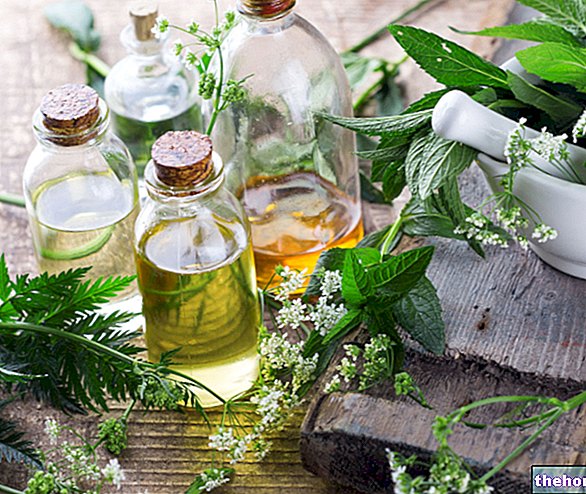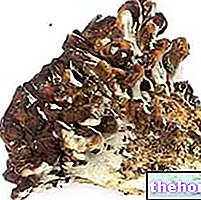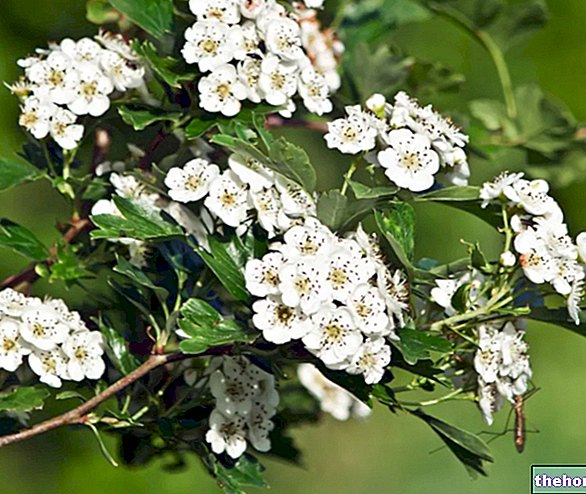
Scientific name
Picrorhiza kurroa
Family
Scrophulariaceae
Origin
Himalaya
Synonyms
Hu Huang LianParts Used
Drug given by tuberous roots and rhizomes
Chemical constituents
- Iridoid glucosides (picrosides I, II, III and kutkoside);
- Phenolic glucosides (androsine and piceine);
- Cucurbitacinic triterpenes;
- Polysaccharides.
Picrorhiza in Herbalist: Properties of Picrorhiza
The plant is used in Ayurvedic medicine for the treatment of numerous diseases (asthma, constipation, candida infections, arthritis, eczema, digestive diseases, liver poisoning, autoimmune diseases, vitiligo, bronchitis), but without finding many positive results in conventional medicine. Picrorhiza is still the subject of numerous studies to demonstrate its immunostimulating, anti-asthmatic and anti-inflammatory activity: Picrorhiza has demonstrated a protective activity against liver damage from exogenous toxicants and drugs.
Side effects
After taking high doses, diarrhea, flatulence and skin rash may appear.
Contraindications
Avoid taking in case of ascertained hypersensitivity to one or more components.
Pharmacological interactions
- not known.




























